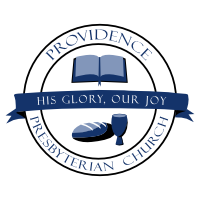Bible Knowledge Project: Genesis 5
Read: Genesis 5
Genesis Five is the first of the long genealogies found in the Bible. Many people skim through the genealogies of the Pentateuch because they do not understand their purpose and function in the narrative. The genealogy of this chapter serves a few functions. First, it functions as a comparison between the godly line of Seth and that of his brother, Cain. The genealogy of Cain is found in Gen. 4:17-18. His lineage ends with death while the genealogy of Seth ends in life – eternal life. That is pictured by Enoch, who “walked with God, and he was not, for God took him” (5:24). Second, this genealogy reminds us that the wages of sin are death, but communion with God brings life. Third, Cain is pictured as the seed of the serpent who seeks to destroy the seed of the woman. God protects the godly line through the replacement (Seth), and God protects a lineage of people through him. Fourth, the genealogy sets the stage for the next significant section of Genesis – the Flood narrative.
Applications:
The efforts of the Evil one to derail the plans of God to bring a Redeemer are never thwarted but instead established. The godly line of Seth proves God’s faithfulness to the promise of Gen. 3;15.
The wages of sin are death and eternal separation from God (the line of Cain). Peace with God only comes through a Redeemer and leads to eternal life and the comfortable presence of God (the line of Seth)
Learn:
The man that lived the longest is Methuselah.
The man that didn’t die is Enoch.

